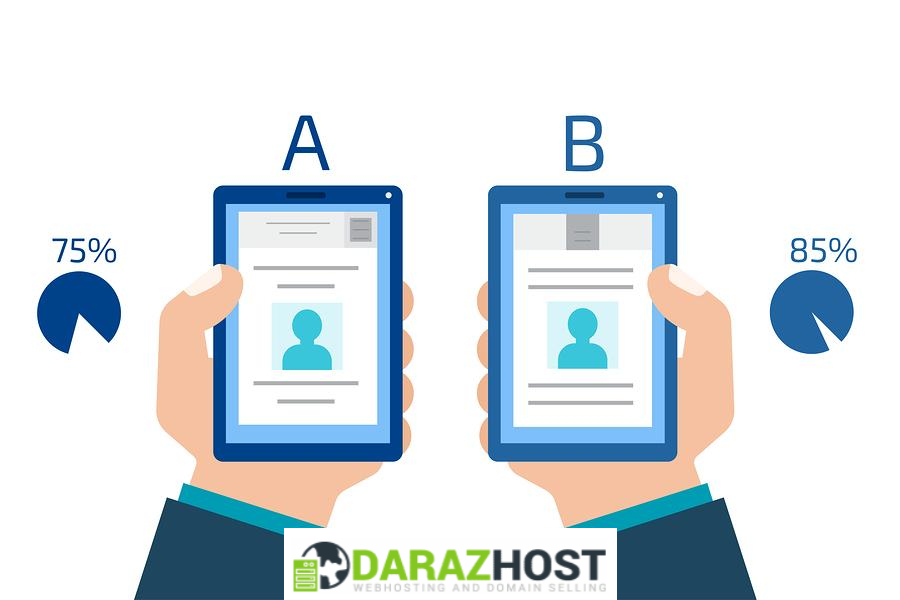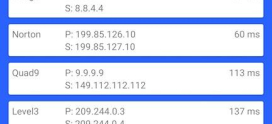
A/B Testing Made Easy: Leveraging Automation for Better Results
Have you ever found yourself staring at a website or marketing campaign, wondering what could’ve been done differently to attract more customers? You’re not alone. For many, the journey of optimizing a website or marketing strategy seems daunting, especially when it comes to making informed decisions. A/B testing often feels like a puzzle with missing pieces. But what if I told you that there’s a way to simplify this process, making it not only easier but also more effective? Each decision we make can significantly impact results, and embracing automation can lead to better outcomes with less stress. So, let’s break down how to leverage automation in A/B testing to enhance your results.
What is A/B Testing?
A/B testing, often referred to as split testing, is a simple yet powerful method that involves comparing two versions of a webpage or marketing asset to see which one performs better. Imagine you’re trying to decide between two designs for a new product page. A/B testing lets you show one version to half your visitors and the other version to the other half. By analyzing their behaviors, you can determine which design resonates more with your audience.
Why Should You Care About A/B Testing?
Even if you’re not a data wizard, understanding how your audience interacts with your website can empower your decisions. Why wing it when you can rely on actual user feedback? A/B testing bridges the gap between intuition and reality. It helps you create experiences that genuinely resonate with your audience, leading to improved engagement and conversions.
Common Challenges in A/B Testing
Many people often hesitate to embark on A/B testing due to a few common hurdles. Are you worried that you don’t have enough traffic to get statistically significant results? Or maybe you fear the complexities involved in setting up tests? You’re not alone in these concerns. But don’t worry; there’s a way to simplify this process!
Leveraging Automation: The Game Changer
Automation can play a pivotal role in A/B testing. Instead of manually managing each test, why not let technology do the heavy lifting? By automating your A/B tests, you can streamline the process, saving time while focusing on what truly matters—creating great experiences for your users.
Understanding Automation Tools
There are several tools available that can automate various aspects of A/B testing. Platforms like Google Optimize, Optimizely, and VWO allow you to set up, manage, and analyze A/B tests effortlessly. These tools can even segment your audience automatically and direct traffic to the different variations, all while handling data collection for you.
Setting Up Automated A/B Tests
Getting started with automated A/B tests can feel overwhelming, but it doesn’t have to be! Here’s a simple guide to help you set things up:
- Choose Your Objective: What do you want to achieve? Higher click-through rates? More sign-ups?
- Create Variations: Design the different versions of your webpage or ad you want to test.
- Implement the Automation Tool: Use your selected tool to set up the test.
- Analyze the Results: After the test runs for a sufficient period, check the data and insights provided by the tool.
Best Practices for Effective A/B Testing
To make the most of your A/B testing, consider the following best practices:
Begin with a Hypothesis
Don’t just dive into testing random elements. Start with a hypothesis based on user feedback or behavior. This focused approach helps ensure you’re looking for answers to specific questions.
Test One Element at a Time
It might be tempting to change multiple elements simultaneously, but doing so can muddy the waters. When you experiment with one aspect, such as button color or headline copy, it’s easier to attribute results to that specific change.
Run Tests for Enough Time
Patience is key! Ensure your tests run long enough to gather sufficient data. This way, you’re not making decisions based on anomalies or short-term fluctuations.
How to Analyze A/B Test Results
Once you’ve let your test simmer for a while, it’s time to dive into the results. You need to analyze effectiveness methodically:
Utilize Built-In Analytics
Most automation tools provide built-in analytics to help you interpret test results. These analytics can detail conversion rates, engagement metrics, and statistical significance to give you a clear picture of what worked and what didn’t.
Look Beyond the Numbers
While metrics are important, also consider qualitative feedback. User experience and satisfaction often go unmeasured, but they are just as essential. Review comments, surveys, and any other feedback from users to see if there are areas your test didn’t cover.
Implement Changes and Iterate
Once you’ve analyzed your A/B test, use the insights to make necessary changes. But remember, the testing process doesn’t stop here! Always be on the lookout for new opportunities to test and improve.
Overcoming Resistance to Change
Change can be tough, especially in business. It’s common to face resistance when suggesting new processes, such as implementing A/B testing. But think about this: when was the last time you improved something without experimenting first? It’s human nature to prefer the comfort of familiarity.
The Importance of a Supportive Team
No one succeeds alone! Make sure your team understands the value of A/B testing and automation. Share insights, celebrate wins, and encourage a culture where data-driven decisions are the norm. Having your team on board can be incredibly motivating.
Security and Customer Support in A/B Testing Tools
When selecting A/B testing tools, consider security and customer support. You’re dealing with user data, so you need to ensure that the tool you choose adheres to privacy regulations. Furthermore, having strong customer support can make a world of difference when issues arise. Always choose a platform like DarazHost that emphasizes security, reliability, and responsive assistance.
FAQ
What is the ideal sample size for A/B testing?
The ideal sample size can vary, but a good rule is to aim for at least 100 conversions per variant to achieve reliable results. More is generally better!
How long should I run my A/B tests?
In general, running tests for about two weeks is recommended to capture enough variation, accounting for weekly traffic patterns.
Can I trust automated A/B testing results?
Yes! Automated tools are designed to deliver accurate results quickly. However, it’s essential to correctly set up your tests and analyze outcomes critically.
What metrics should I focus on?
Key metrics often include conversion rates, bounce rates, and engagement levels. Depending on your goals, you may want to track additional metrics like average order value or time on page.
How do I select what to test first?
Start with elements that have the most significant impact on user experience, like headlines, CTA buttons, or landing page layouts. Metrics and user feedback can guide your choices.
Conclusion
With a little bit of understanding and the right tools, A/B testing doesn’t have to be intimidating. It can be a straightforward, insightful process that leads to better results. Automation is here to make your life easier, allowing you to focus on creating amazing experiences for your audience. So, why not embrace this powerful strategy? Dive in, explore the possibilities, and start optimizing your content today! Remember, every decision counts in making your website a success.









